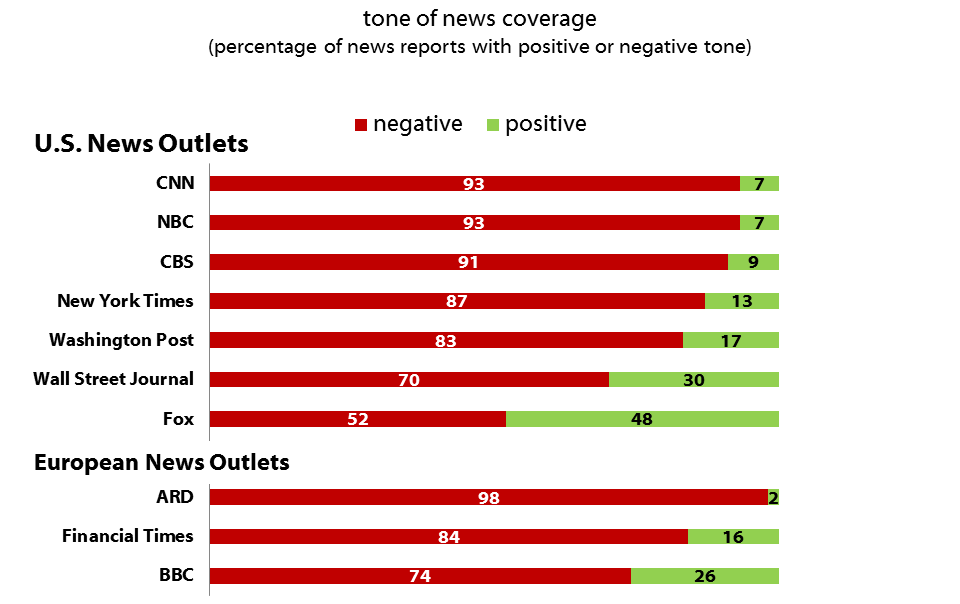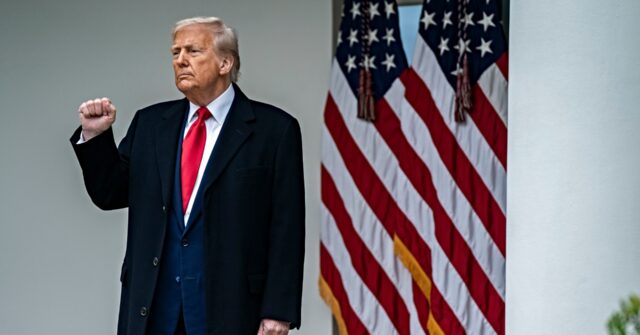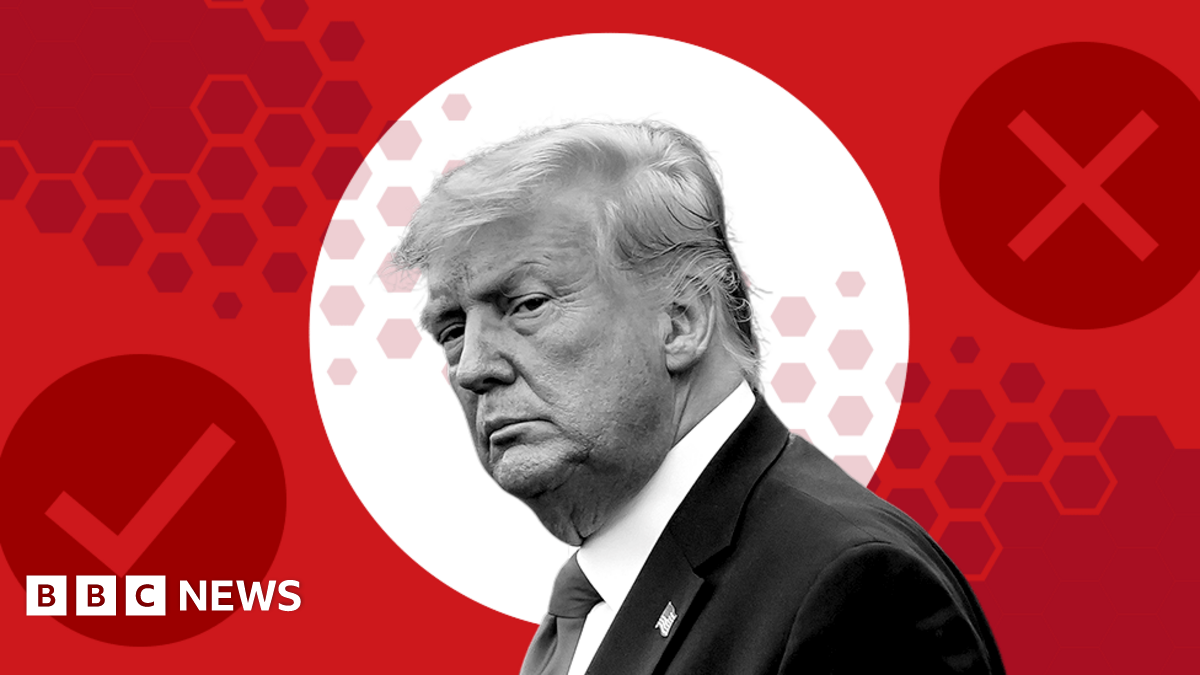Why would they need manufacturing when they lose the customer that buys the tools?Raising tariffs alone will not bring manufacturing or jobs back to America. While tariffs are intended to make imported goods more expensive and thus encourage domestic production, the reality is more complex. Many companies have moved operations overseas not just for cheaper labor, but also for access to supply chains, raw materials, and emerging markets. Simply making imports more costly doesn't address those deeper economic incentives.
Additionally, tariffs can lead to unintended consequences, such as higher prices for consumers and retaliatory tariffs from other countries, which can hurt American exporters. Without broader strategies—like investing in workforce development, modernizing infrastructure, offering targeted incentives for reshoring, and fostering innovation—tariffs are unlikely to reverse decades of globalization.
I have friend working for local tool company. His job is oversee contracts with companies abroad.
When Trump made it clear he would be putting high tariffs on China, he started getting bids from several companies in the Philippines to do there manufacturing. The tariff in Philippines was 18%, only 2% higher than the tariffs they were paying in China.
He said, his company would not consider bringing the manufacturing back to the US because it would require a capital outlay of over two million dollars, much higher labor costs. And tariffs could disappear with new president or if Trump got deal.
Trade Minister: Cambodia’s tariffs on US goods are only 29.4%, not 97%
The tariff line we have on imported products from the United States to Cambodia is only 29.4%, which is lower than the 35% tariff line that is generally applied to products of all (WTO) trading partners.”
They need us far more than we need them.






